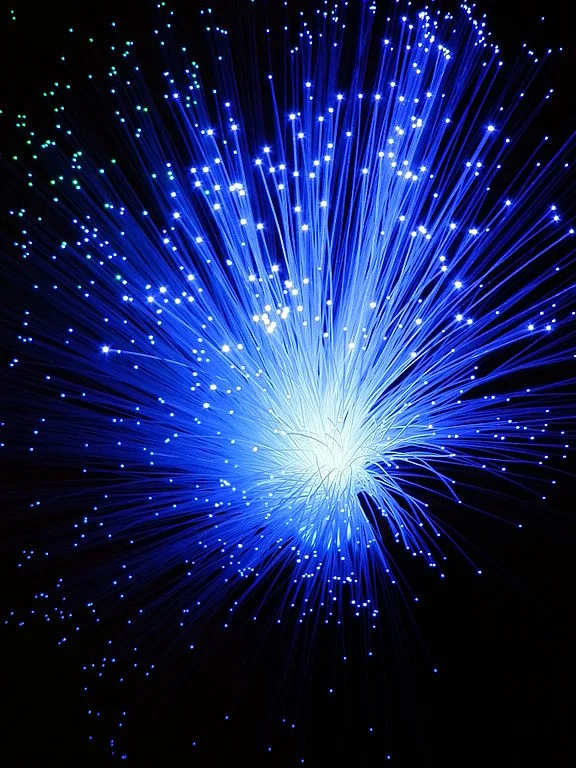Controlling the Brain with Optogenetics
/Imagine controlling neuronal activity with nothing but a miniature flashlight. Shine the light on a set of neurons and they fire up, sending action potentials across the brain and back. Turn the light off and they’re back to resting state. Though perhaps a bit of an exaggeration, this idea basically captures the essence of optogenetics, which in more scientific terms refers to the use of light responsive “opsin” proteins to produce genetically modified neurons.
Read More









